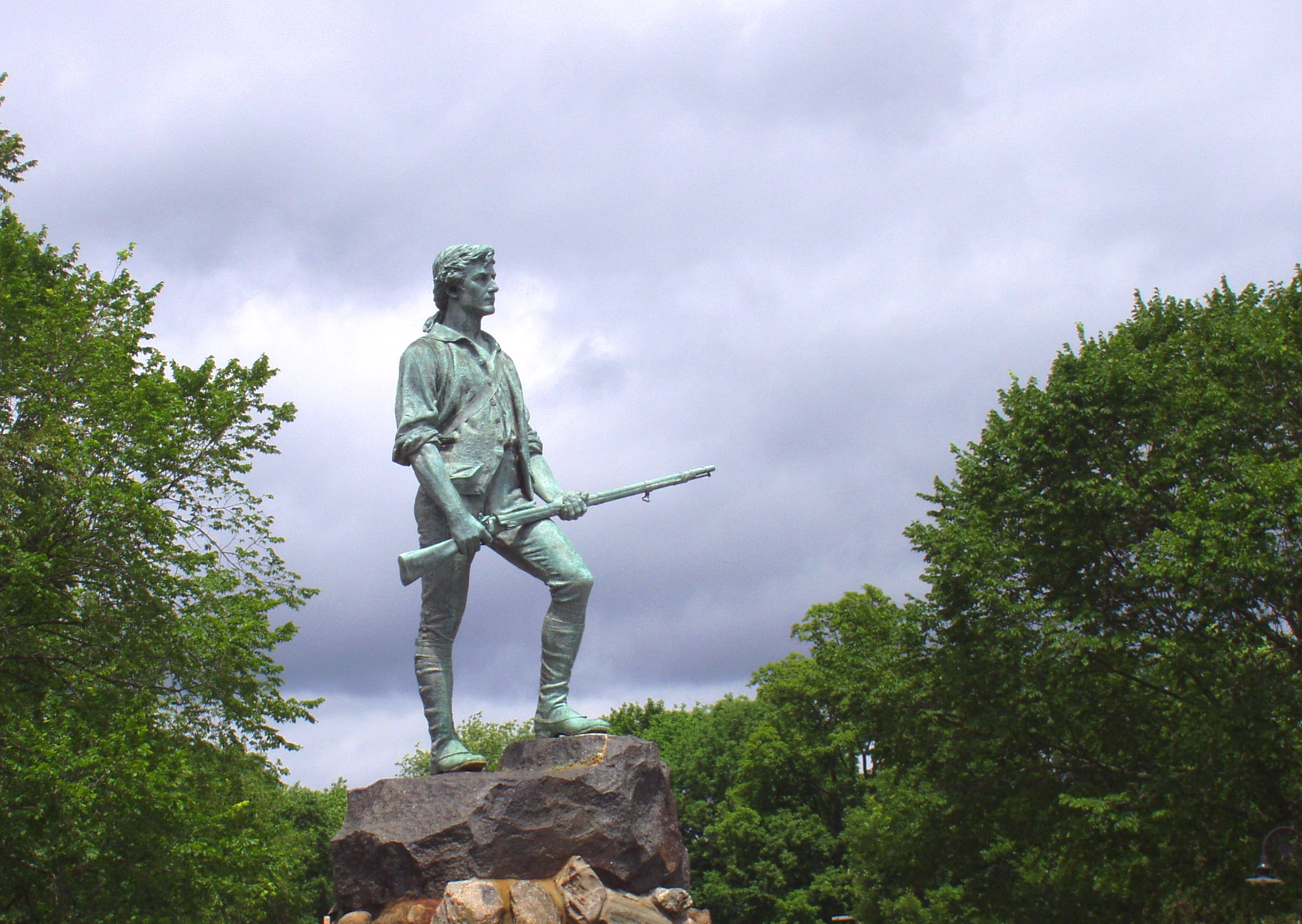Guest Column: Federal Gun Control Versus States’ Rights
“The tragic rampage in Texas has also once again pitted the public’s irresistible force for gun control against the Second Amendment and the United States Supreme Court.”
Dear Editor,
After reading your piece on the averted mass shooting in Charleston, WV, I would li
